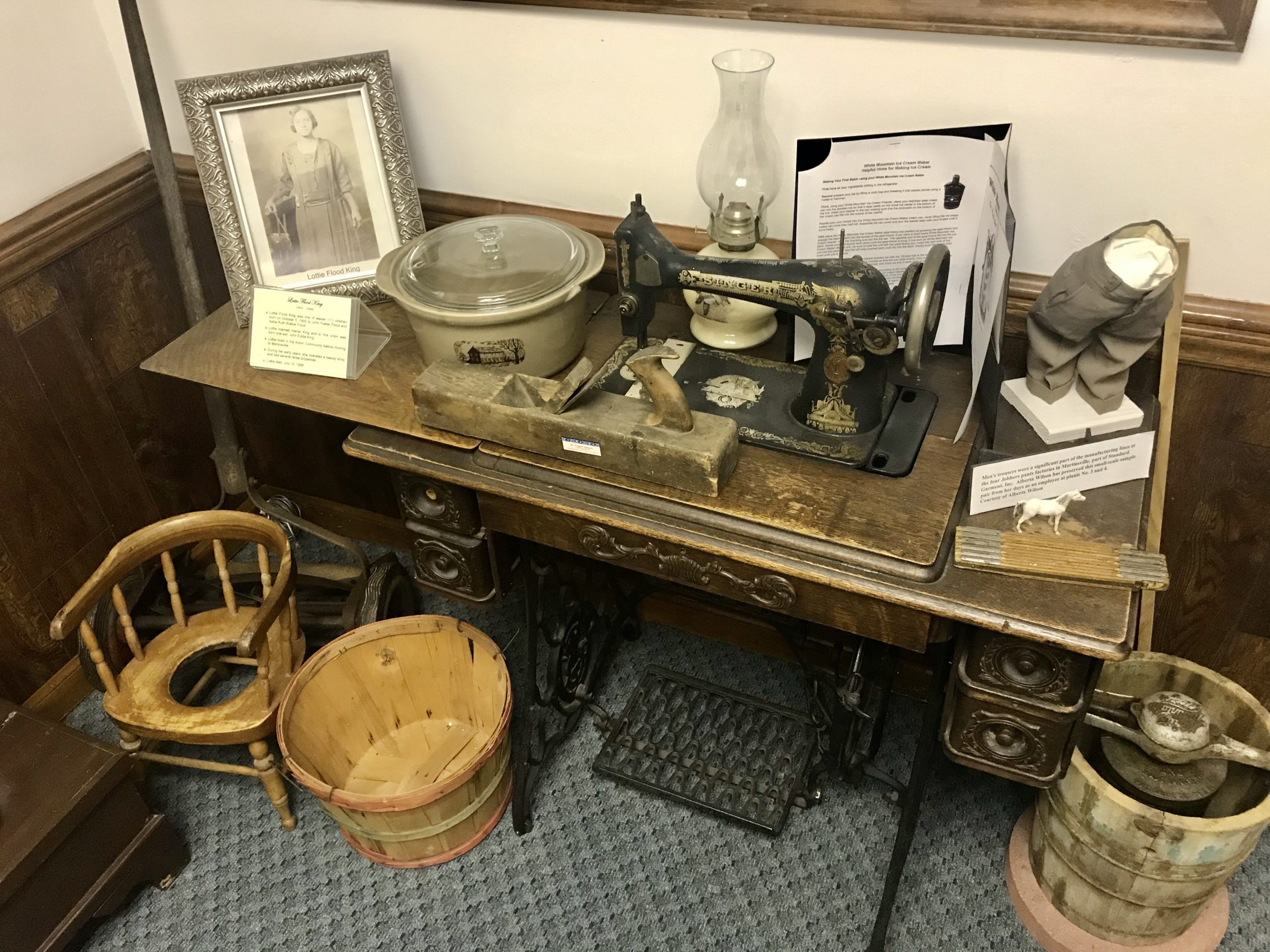
By Brandon Martin
The demographics of the City of Martinsville look a little different than the rest of the country.
According to the United States Census Bureau 2019 statistics, African Americans make up about 13 percent of the country and only about 19 percent of Virginia. In Martinsville; however, the current African American population sits at 47.1 percent which is only 1.5 points fewer than their Caucasian counterparts.
This is far from a new phenomenon either. The city has always had a strong history with its African American community, and that history can’t be told without Fayette Street.
Thanks to the Fayette Area Historical Initiative (FAHI), that history is on full display at the African American Museum and Cultural Center.
The museum is small but covered from wall to wall with some of the great faces and histories that have contributed to the area’s diversity.
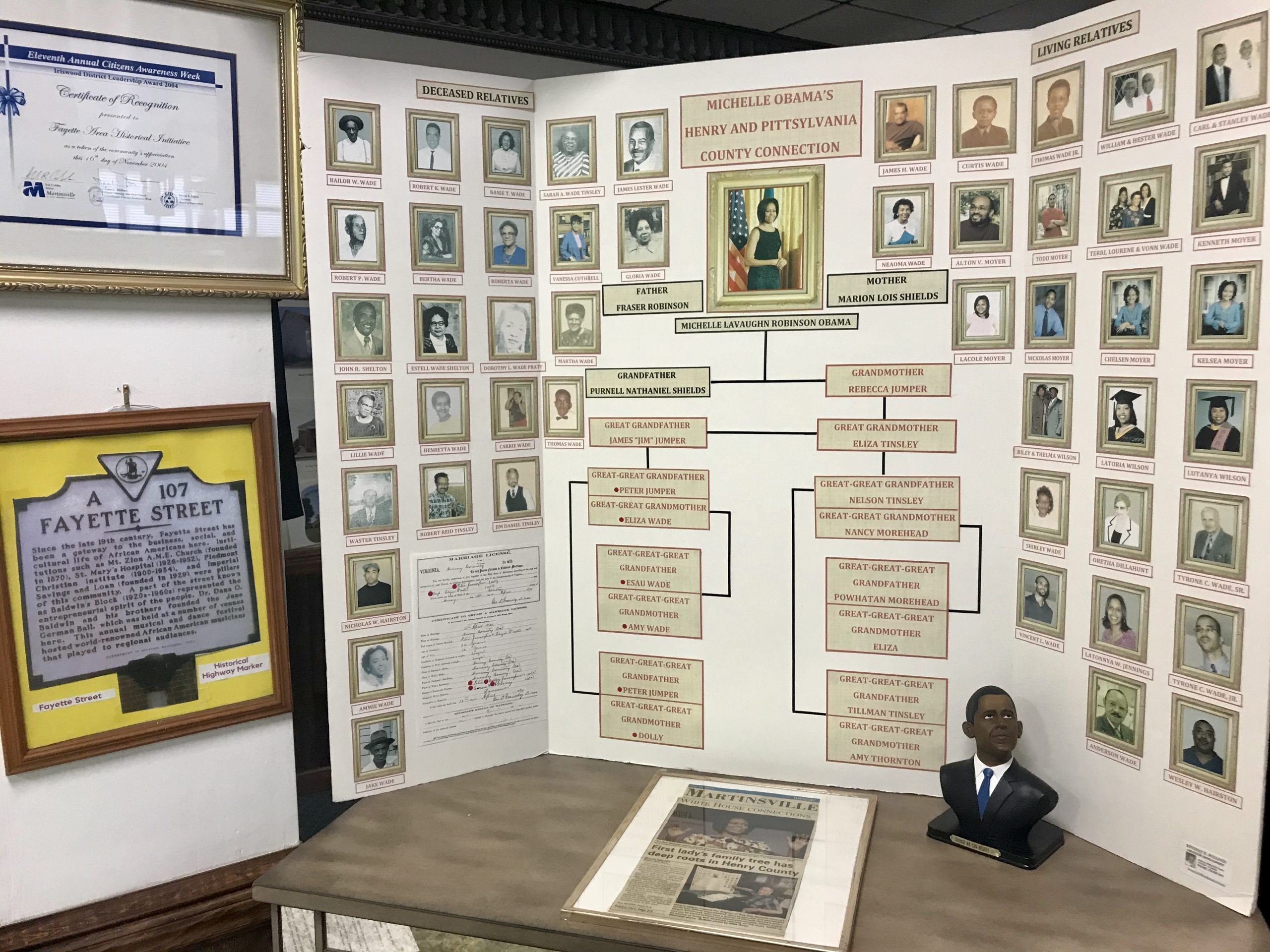
Some of the most striking visuals from the museum are the genealogy display of Former First Lady Michelle Obama, whose lineage ties back to Henry County; the musical display highlighting the June German Ball, and the Carver Room, which is dedicated to the many classes that attended the historically-black high school from 1950-1971. The school now is an elementary school.
Down a hall lined with class photos, Leutisha Galloway, a museum representative, offered a brief history on the impact of historically black schools in the community, chiefly Albert Harris High School. Now an elementary school bearing the same name, the high school was segregated from 1948 to 1968.
Galloway said the school gets its name from the Methodist minister who moved to Martinsville in 1917 and taught at the Martinsville Colored School for grades 1-7.
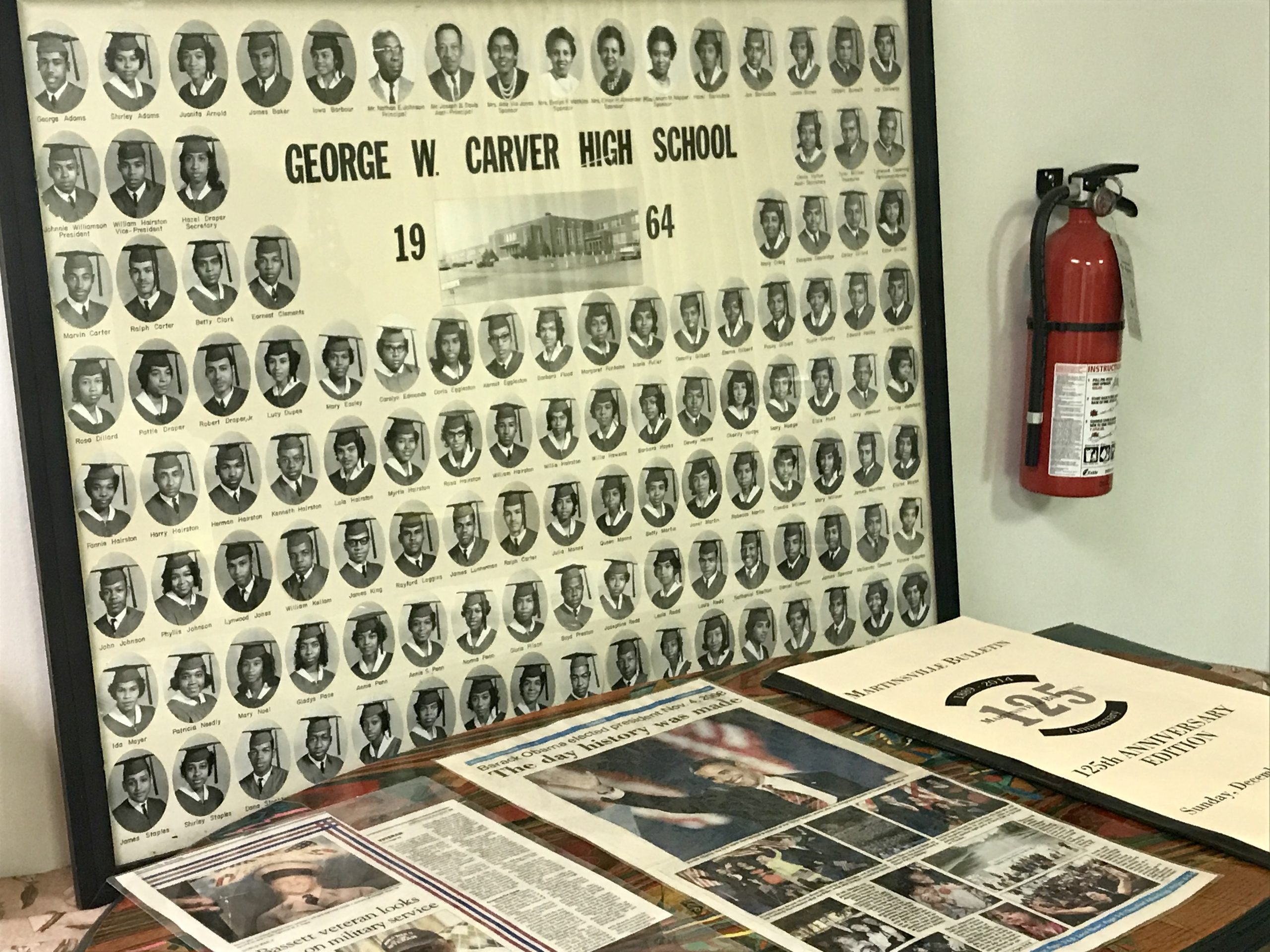
“It means a lot,” she said. “Back then, before everything was integrated, these schools were all the black communities had to receive an education, so Carver and Albert Harris still hold a lot of pride and admiration for us today.”
Continuing with the theme of schools, Galloway shifted focus to another grand site on Fayette Street–the plot of land that now holds New College Institute — what is commonly referred to as the “Baldwin Block.” The area got its name from Dr. Dana O. Baldwin, the city’s first black doctor.
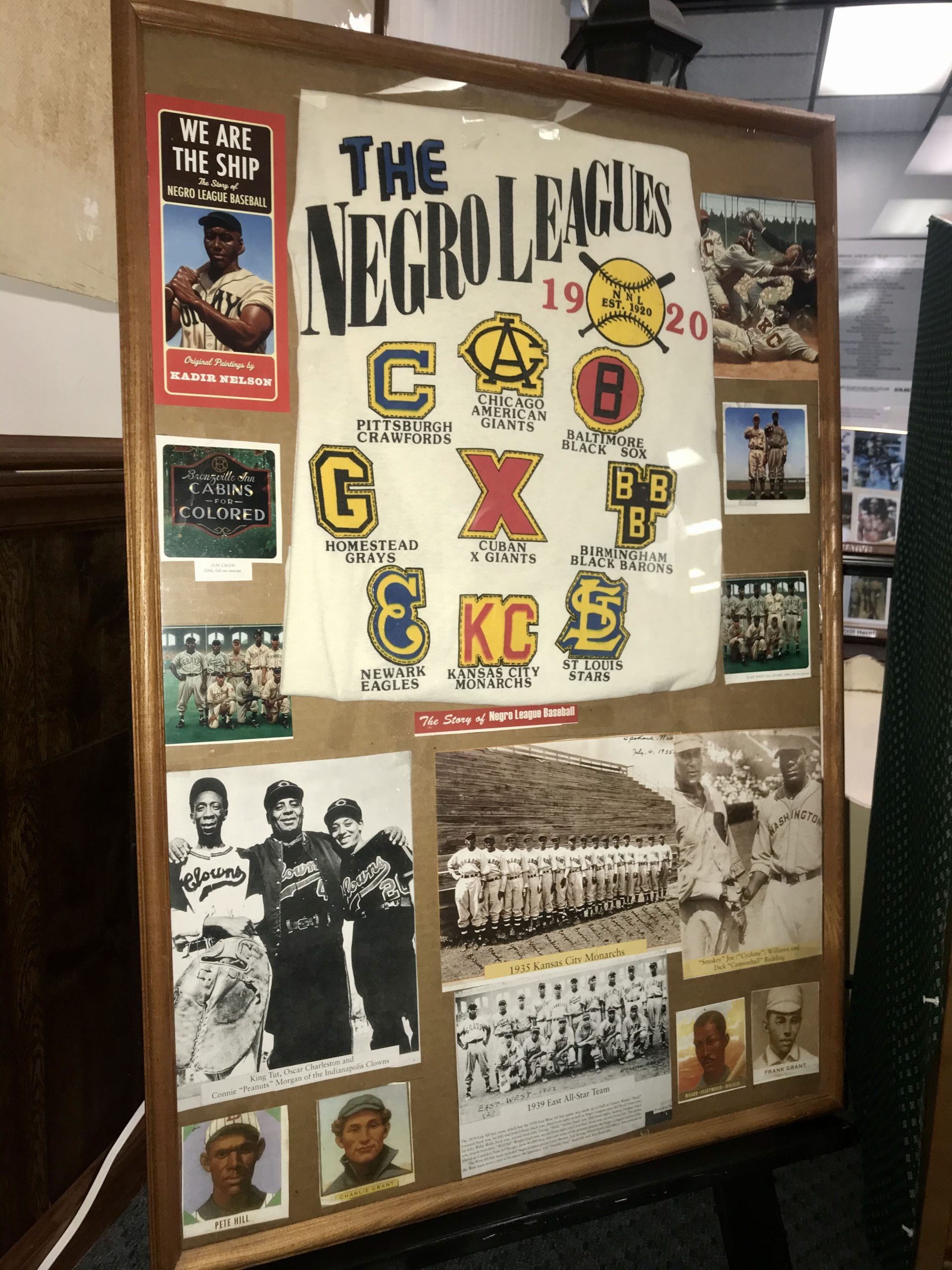
In 1929, Baldwin opened a 27-bed facility meant to house the poor African-American population unable to afford or enter other hospitals. The hospital was named St. Mary’s after Baldwin’s mother, who had encouraged him to pursue medicine. Baldwin also worked with his brother to open up Baldwin’s Drug Store, which also was located on the same block.
When the New College Institute was built, bricks from the old pharmacy were used to help create the walls for the school. Each brick that was used from the pharmacy is marked with a yellow chalk letter “B.”
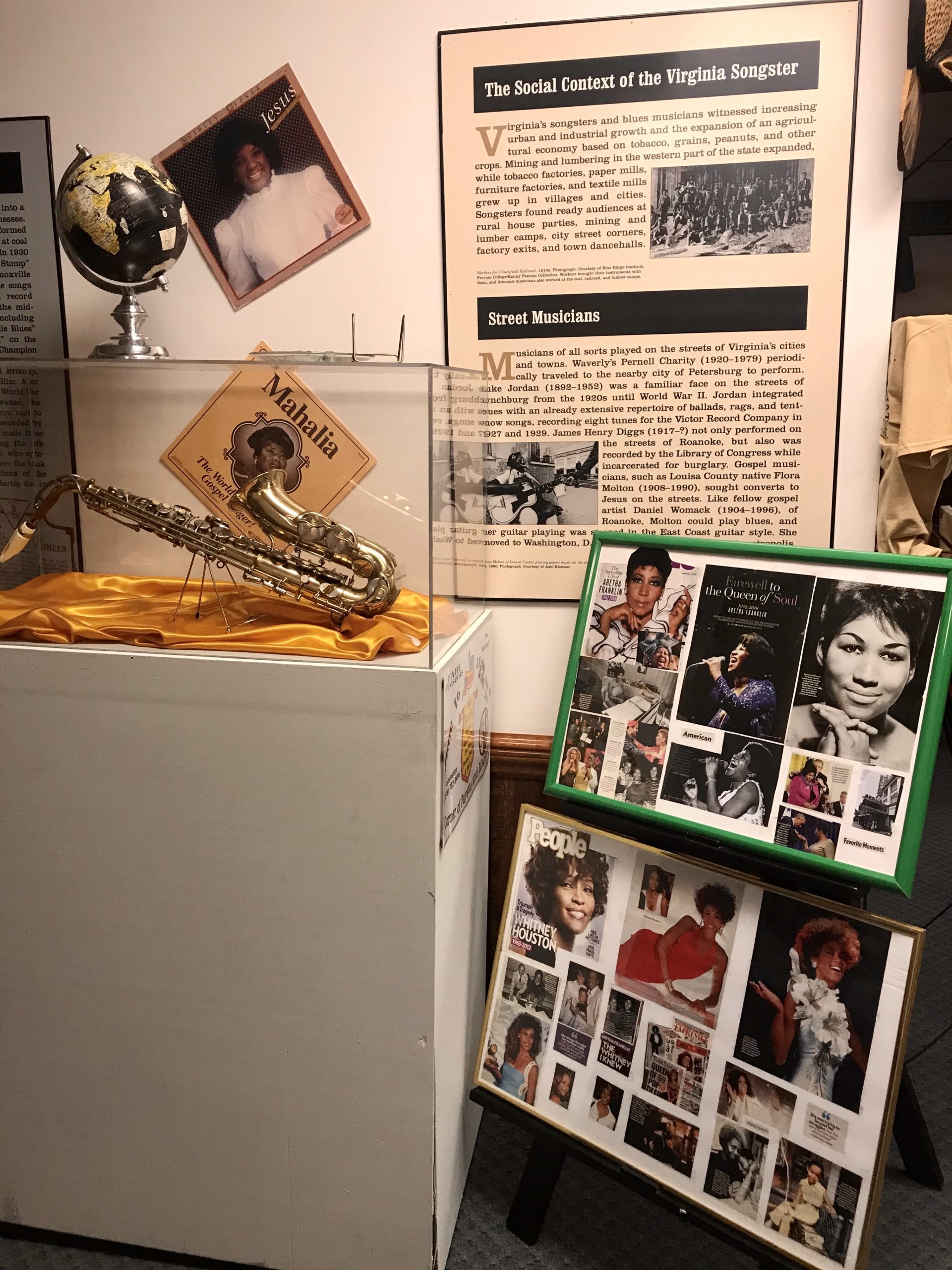
A display dedicated to Martinsville’s music scene
Another highlight in the Fayette Area’s history revolves around the June German Ball, which were popular within the African American community. Held annually in the heat of June, the balls featured jazz, blues and R&B artists from across the country.
“James Brown and Ray Charles have actually been to this area for the June German Ball. Other people like Tina Turner as well,” Galloway said.
According to Galloway, Turner even had a connection to the museum itself.
“She actually got her hair done in our basement,” she added.

An Antique Room, which Galloway calls “our little snapshot of history,” houses old-timey washing machines, irons, sewing machines and even roller skates that were used in days gone by.
Outside the room, photos of the area’s historically-black churches line a window frame, arranged so they appear to ‘peek’ into the room.
Mt. Zion African Methodist Episcopal Church, Beaver Creek Primitive Baptist Church, Grace United Presbyterian Church and Fayette Street Christian Church were just some of the houses of worship founded in the 1870s throughout the 1880s, according to Galloway.
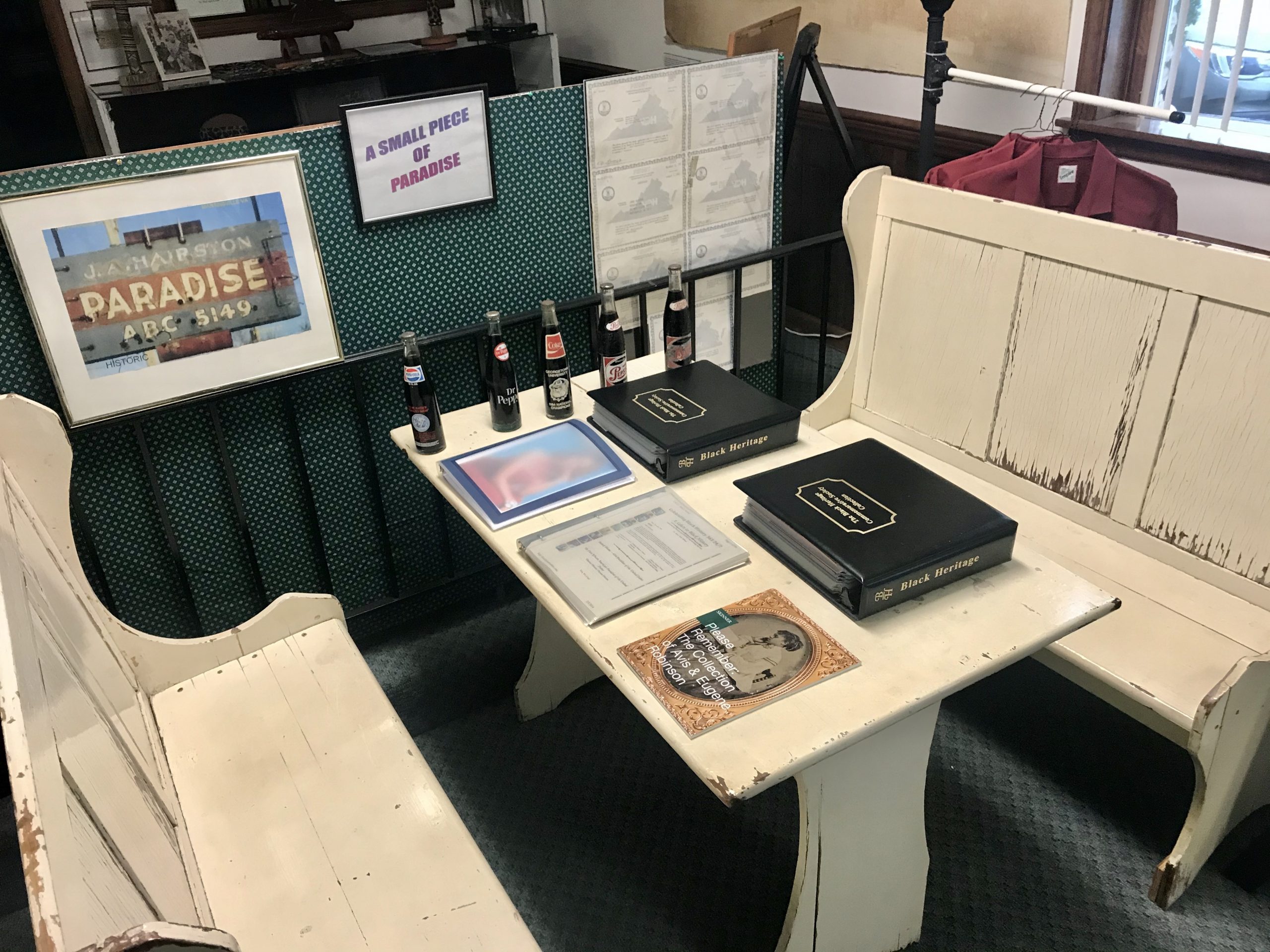
Another room in the museum – the library — is filled with comfortable seating and a plethora of educational and recreational books.
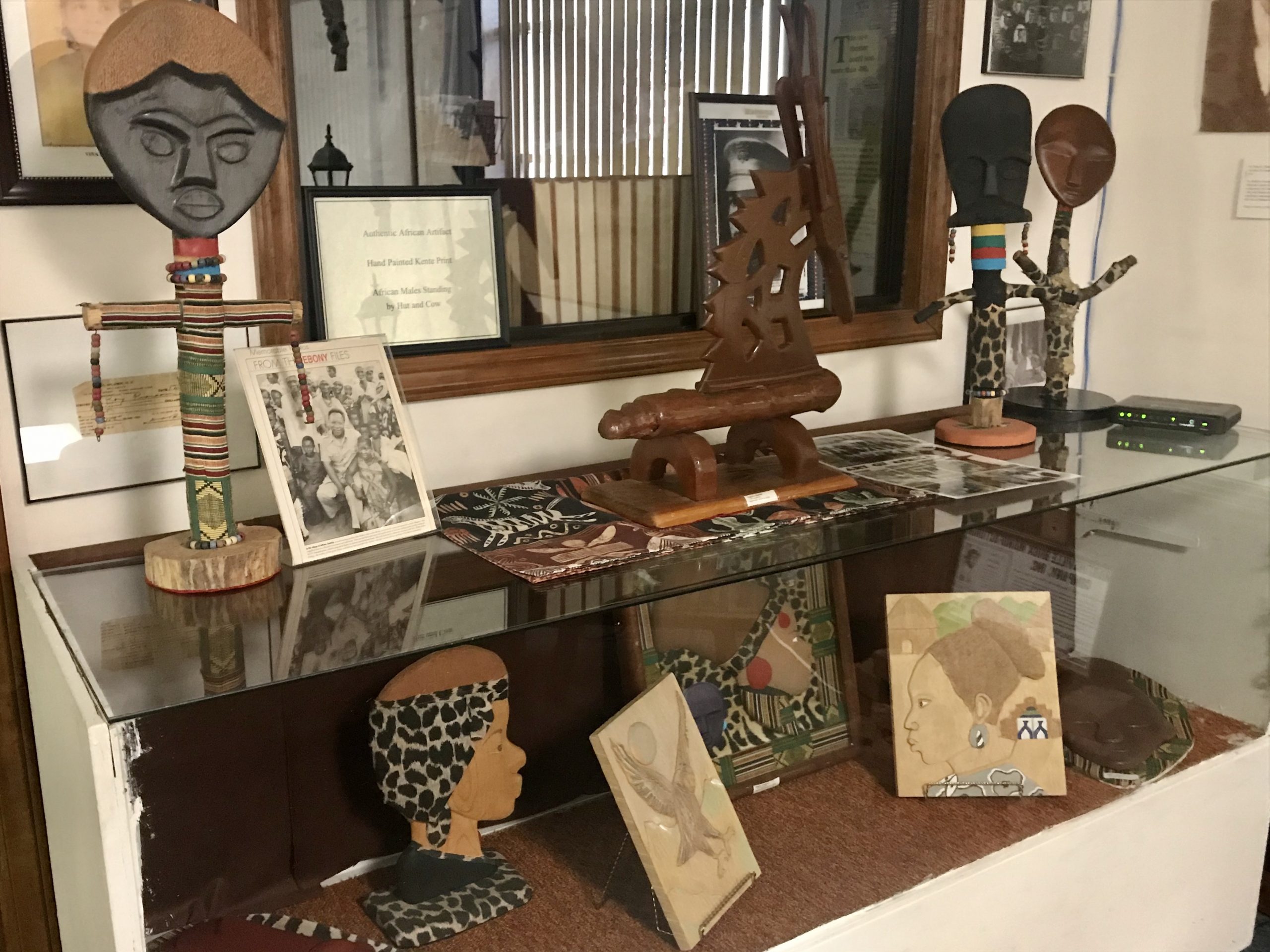
“People can come in whenever and just read,” Galloway said. “Most books are dedicated to African American history, but there are a few that delve into other subjects, so there’s something for everybody.”
She said the museum patronage was low and “not as much as we want. I’m finding out that a lot of people don’t know that we are here,” she added. “We’ve had a few extra people come in this month and sometimes we have a big rush of people.”
With February dedicated to African American history, Galloway said she hopes people come by to see the evolution of the black community in Martinsville-Henry County.
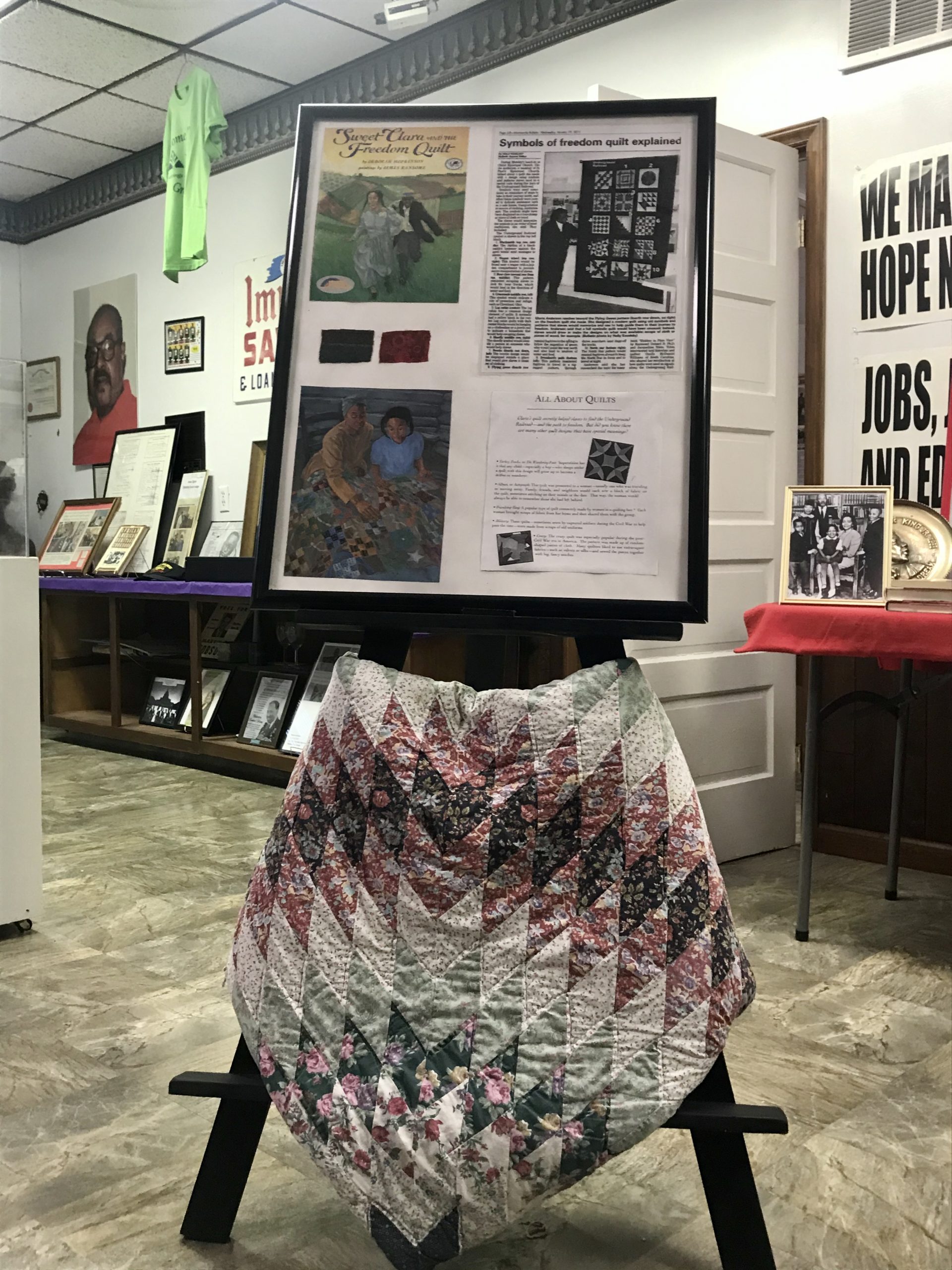
“It shows where we have come from. So much has changed, and it’s nice to look back and see all of the progress,” she said.
Located at 211 Fayette Street, the museum is open from 9 a.m. to 5 p.m. Tuesday through Friday. For more information, call (276) 732-3496 or online visit www.fahimuseumva.org.



